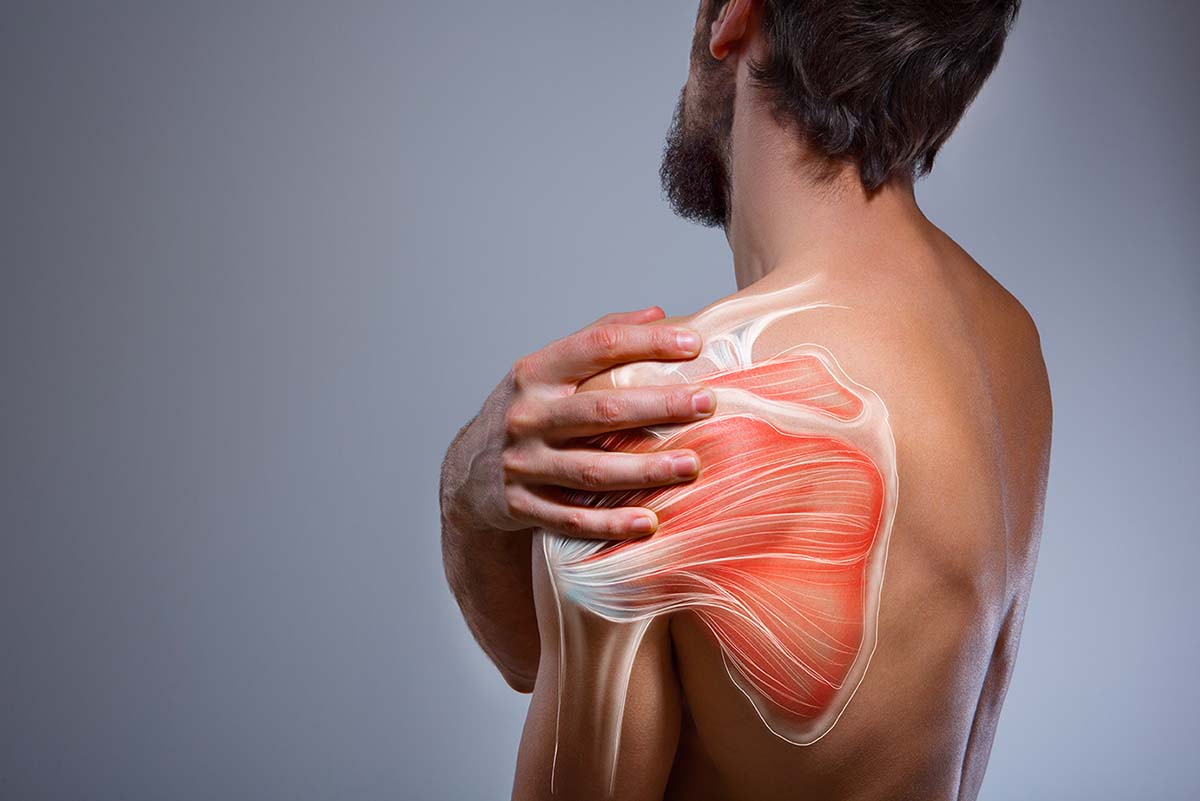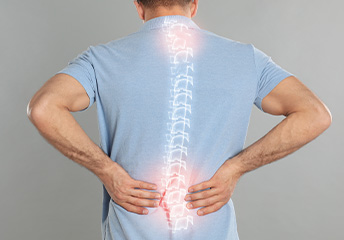Nociception, the detection of noxious stimuli, is a protective process that helps prevent injury by generating both a reflex withdrawal from the stimulus and as a sensation so unpleasant that it results in complex behavioral strategies to avoid further contact with such stimuli.
An additional important phenomenon that further enhances this protective function is the sensitization of the nociceptive system that occurs after repeated or particularly intense noxious stimuli, so that the threshold for its activation falls and responses to subsequent inputs are amplified1
Pain sensitization is considered a key process in chronic pain conditions that are characterized by exaggerated responses to innocuous or only mildly noxious stimuli (hyperalgesia and allodynia). Two types of sensitization (peripheral sensitization [PS] and central sensitization [CS]) have been reported to affect chronicity and treatment resistance. 2




